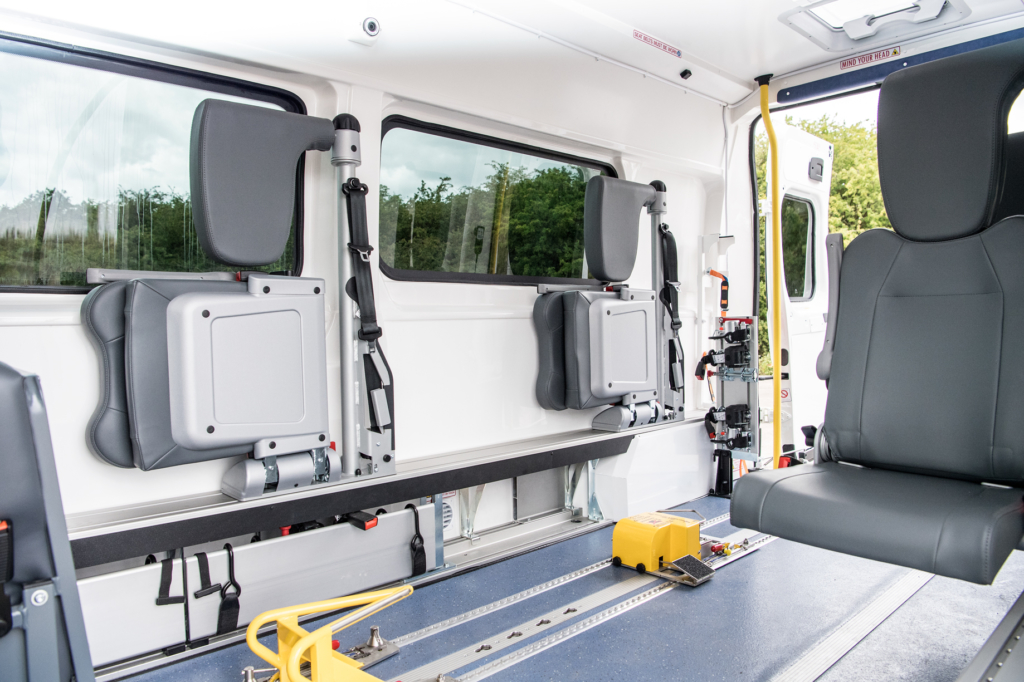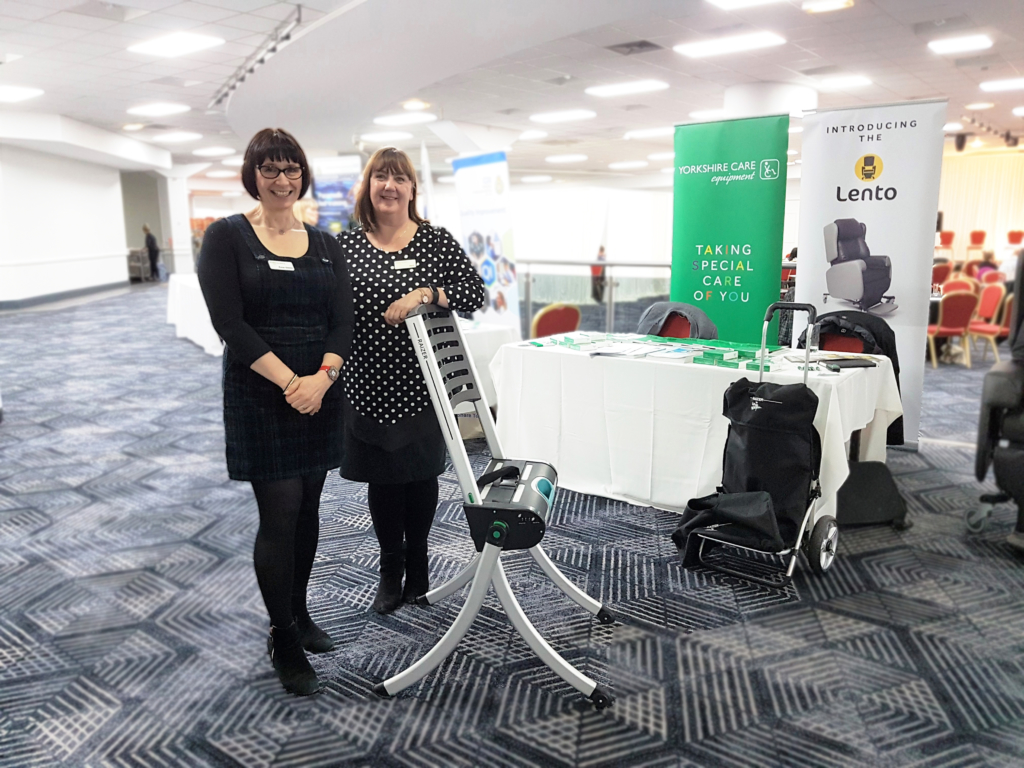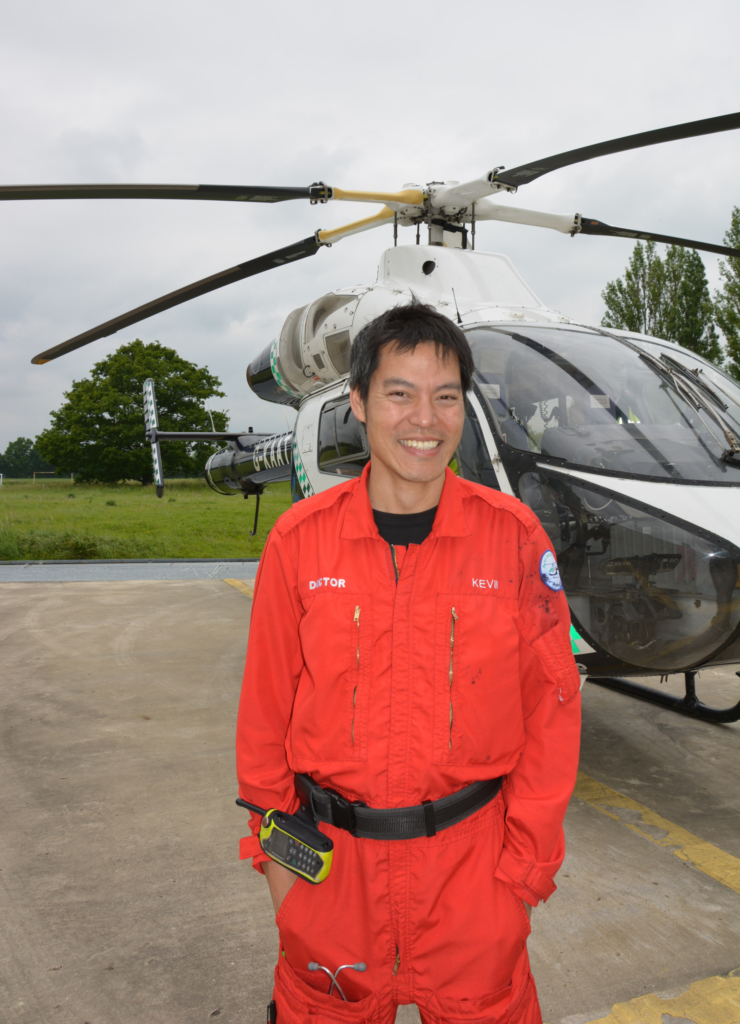AMBULANCE SERVICE’S SPECIALIST RESPONSE TEAM CELEBRATES TEN YEARS
Date: 16 August 2019
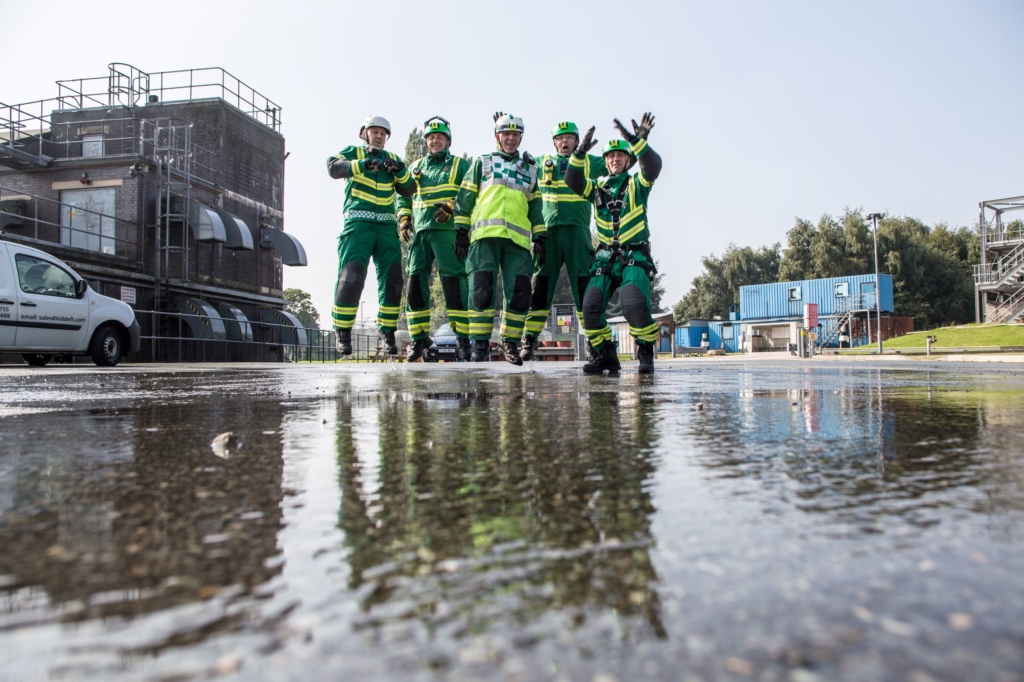
Set up in 2009 in response to the national terrorist threat, North West Ambulance Service’s (NWAS) Hazardous Area Response Team (HART) this year celebrates its tenth birthday.
Trained up to a national standard, the team of 84 experienced paramedics, split between two sites in Manchester and Liverpool, use specialist equipment and skills to safely access and treat patients in difficult and hazardous conditions.
NWAS was one of the first ambulance services to implement HART in the country. The team members are trained and equipped to safely work at heights, in confined spaces, in both swift and still water and use breathing apparatus, refreshing these skills every seven weeks.
Joe Barrett, Head of Special Operations for NWAS, said: “Prior to HART, ambulance clinicians would often have to stand back when faced with a hazardous incident and wait for specialist support from fire and rescue services or police for them to bring the patient back to a place of safety.
“By providing specialist paramedics with the training and equipment to be able to risk assess and manoeuvre through difficult and hazardous environments, they are now able to access patients at the point of injury so that life-saving medical intervention can begin immediately. They can then continually manage the patient’s condition to avoid further injury whilst partner agencies provide the rescue element.”
In a large scale or major incident, the team is able to quickly identify the most seriously injured patients, prioritising and treating those patients in need of help the quickest. HART paramedics are then able to relay back information regarding the situation and size of the required ambulance response to control as well as set up a casualty collection point and provide life-saving clinical early interventions.
By training and exercising with their emergency services colleagues, they are able to plan and prepare for major incidents, creating strong and effective working relationships and providing a streamlined and strategic response to complex situations.
Joe continues: “Over the last ten years, the team has gone from strength to strength. The constant training the paramedics undergo, along with the equipment they use, is second to none and has proven to be life-saving on numerous occasions.
“Using their unique problem solving skills, teamwork and co-ordination, they are able to keep calm under pressure and apply their skills and training to help patients in a wide-range of unexpected and difficult situations.
“I am extremely proud of the whole team, they work together amazingly, knowing each other’s individual strengths and supporting each other after difficult incidents, they’re like one big family!”
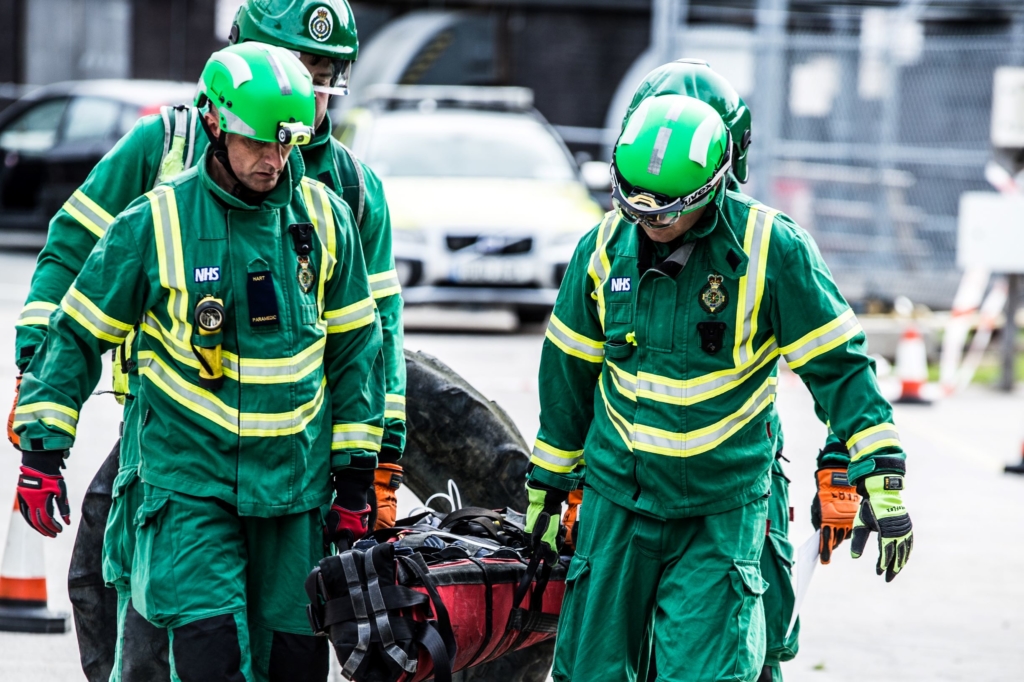
Introducing its second fleet of high-specification vehicles in December 2018, the team has advanced equipment and technology which allows the paramedics to set up their own communications network in remote locations, provide an ongoing response over days and months if necessary and travel over difficult terrain.
HART is primarily reserved for complex, large scale or major incidents such as serious road traffic collisions or entrapments. The team will respond to incidents were the patient would benefit from additional skills and equipment or if additional assistance is required.
Notable incidents in recent years include major flooding in Cumbria and Greater Manchester as well as gas explosions, rescues from cranes, the Manchester Arena attack and the Bosley Mill explosion.
Outside of responding to emergencies, the team members keep busy making sure that their equipment is fully compliant, their clinical skills are refreshed and they are kept up to date on key changes nationally and within the trust. They also undertake regular fitness tests and often attend community events promoting the work of the ambulance service.
Quality content
- Casinos Not On Gamstop
- Casinos Not On Gamstop
- Casino Sites Not On Gamstop
- Non Gamstop Casino
- UK Online Casinos Not On Gamstop
- Casino Sites Not On Gamstop UK
- Casino Sites Not On Gamstop
- Games Not On Gamstop
- Sites Not On Gamstop
- UK Online Casinos Not On Gamstop
- Casino Not On Gamstop
- Slots Not On Gamstop
- Casino Not On Gamstop
- Gambling Not On Gamstop
- Casinos Not On Gamstop
- Non Gamstop Casino
- UK Online Casinos Not On Gamstop
- Casino Sites Not On Gamstop
- Best Betting Sites
- Best UK Online Casinos
- New Horse Racing Betting Sites





